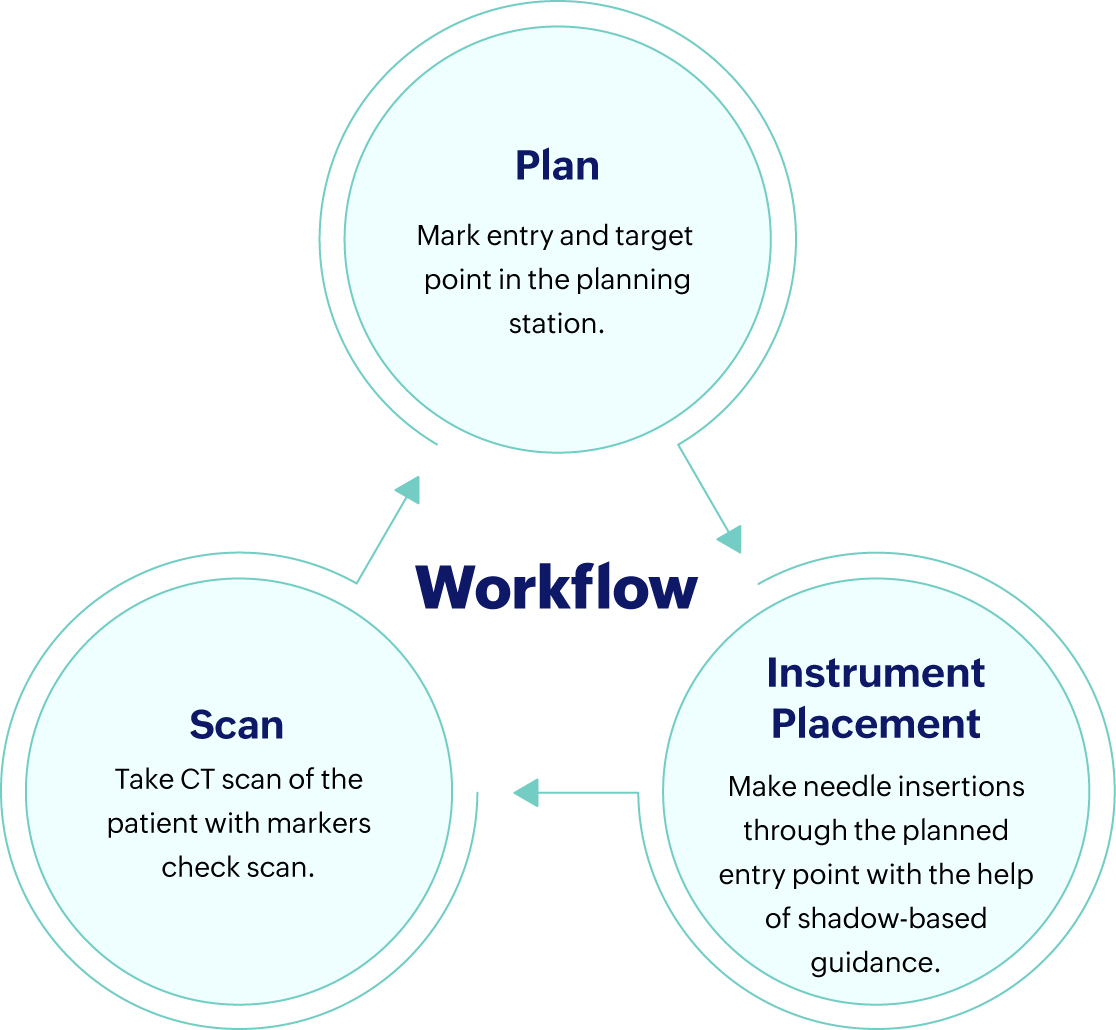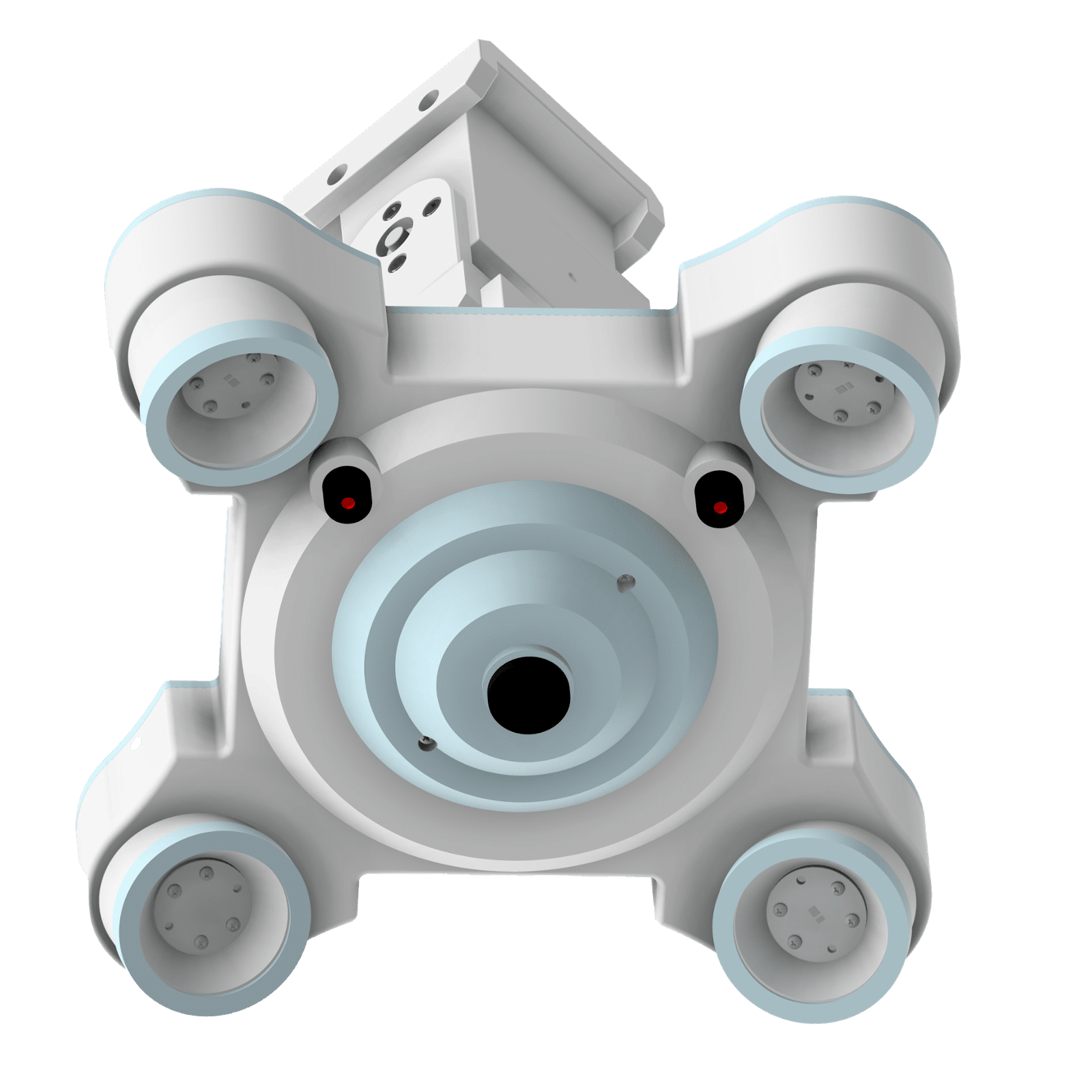Why HigHNoon?
In any CT guided intervention, the accuracy of needle placement which influences diagnostic yield or treatment success, is highly dependent upon physician skill and experience.
With conventional techniques, challenging targets often mandate multiple needle adjustments and intra-procedural imaging. This can prolong procedure duration, and increase pain, patient radiation exposure and procedural risk.
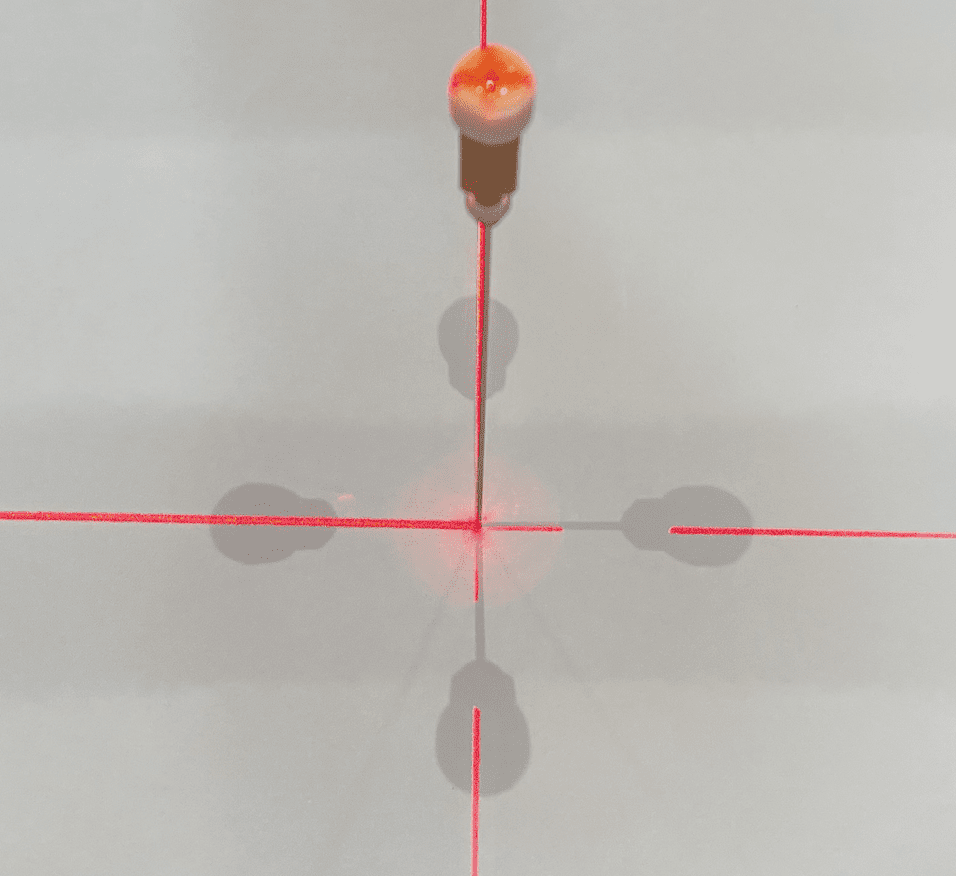
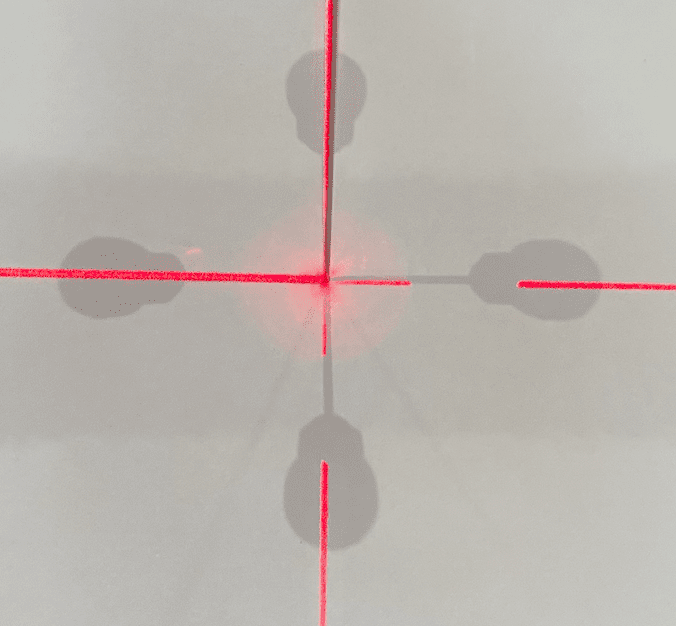
Publication
Efficacy of Shadow-Based Needle Positioning System in Performing CT Image-Guided Percutaneous Biopsy of Lung Lesions: Our Initial Experience
Computed tomography (CT) plays a key role in interventions such as tumor ablation, FNAC/FNAB, percutaneous block of the upper sympathetic chain, treatment of secondary pulmonary aspergilloma, and brachytherapy. The procedures are user-dependent, and achieving accuracy is challenging. Several navigation tools have been innovated for CT-guided interventions; however, drawbacks continue to exist. There is a need for a navigation tool with improved accuracy and reduced intervention time.
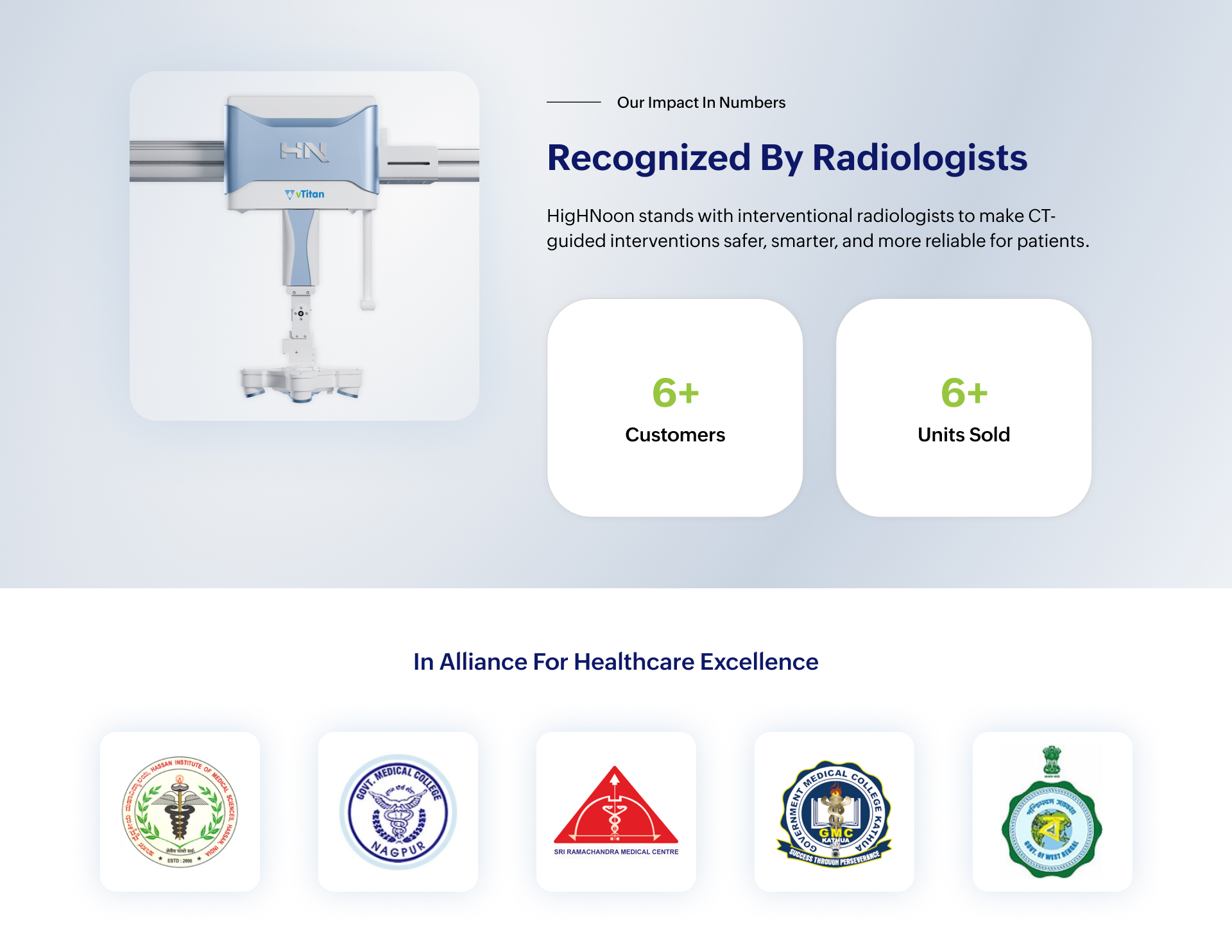
Complete procedural control
Perform with better efficacy
Circumvent dependency
